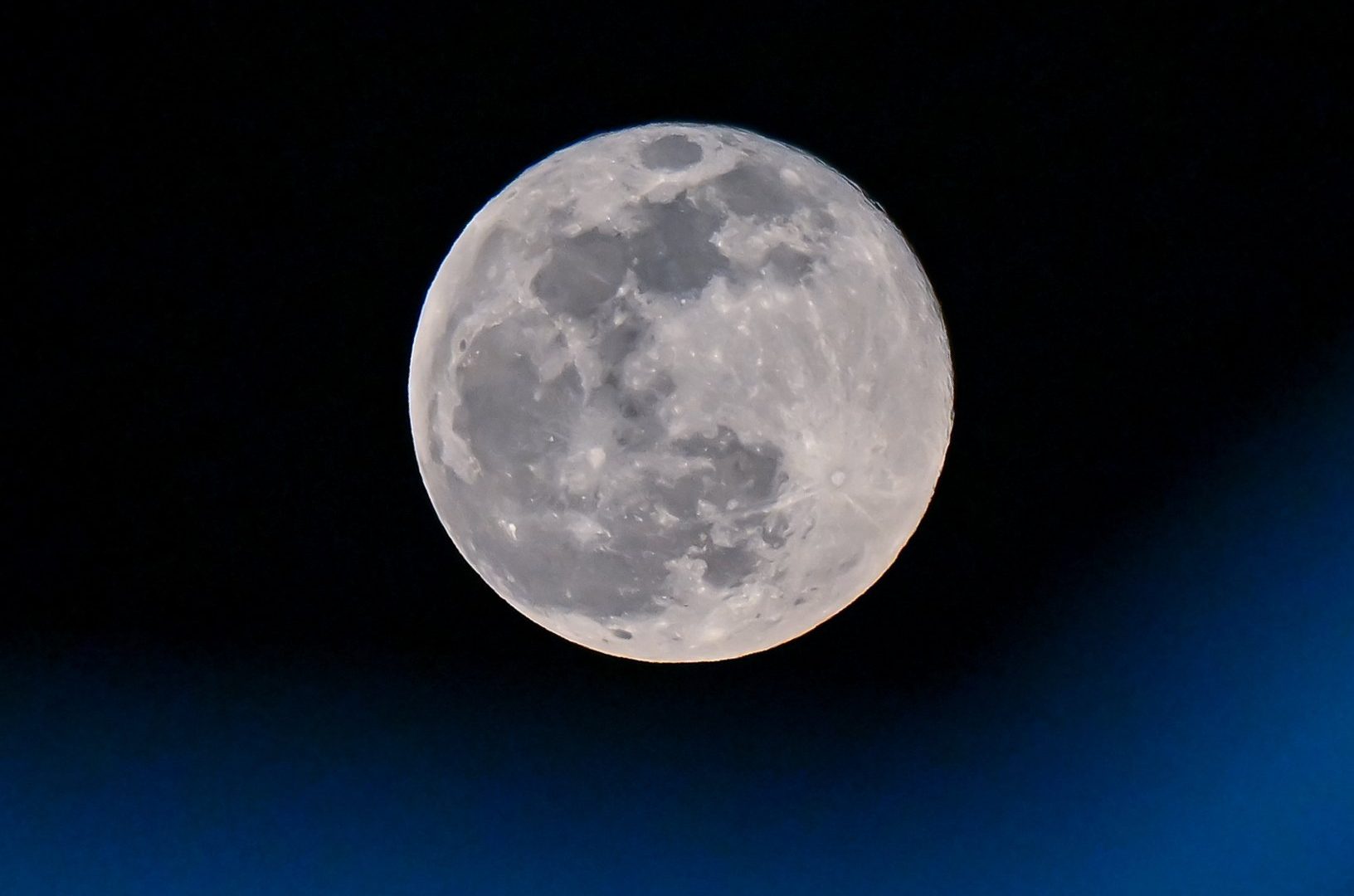November full moon 2025: See the Beaver supermoon


November’s full moon is here, and it’s another supermoon. It’s the second of three consecutive supermoons, so December’s will the last. They appear bigger and brighter in the sky than usual, perfect for late-night stargazing. Keep reading to find out more, and what November’s full moon means in the lunar calendar.
When is the November full moon?
November’s full moon will occur on Wednesday, Nov. 5. Time and Date estimates it will peak at 8:19 a.m. ET.
What is the November full moon called?
Full moons all have their own names, a custom from early cultures that used the lunar cycle to follow time and seasonal shifts. November’s full moon is called the Beaver Moon. The meaning behind this name causes some disagreement. According to Royal Museums Greenwich, some say it comes from Native Americans setting beaver traps during this month. However, there are also opinions that it comes from the activity of beavers building their winter dams.
November’s full moon is also a supermoon, meaning it appears larger and brighter in the sky because it’s closer to Earth during its orbit. This one occurs when the moon reaches its full phase near its closest point to Earth, called lunar perigee, making it look up to 14% bigger and 30% brighter than a full moon at its farthest point, Royal Museums Greenwich tells us.
When is the next full moon?
The next full moon is predicted to occur on Dec. 4, 2025, according to NASA’s Daily Moon Guide.
What are the lunar phases?
A full moon is just one stage in the moon’s 29.5-day orbit around Earth. The phases show how much of the moon’s surface is lit up from our perspective. We always see the same side, but as it moves around us, the sunlight hitting it changes. That’s why sometimes it looks full, sometimes half, and other times it seems to vanish from view.
There are eight main moon phases, and they follow a repeating cycle:
-
New Moon — The moon is between Earth and the sun, so the side we see is dark (in other words, it’s invisible to the eye).
-
Waxing Crescent — A small sliver of light appears on the right side (Northern Hemisphere).
-
First Quarter — Half of the moon is lit on the right side. It looks like a half-moon.
-
Waxing Gibbous — More than half is lit up, but it’s not quite full yet.
-
Full Moon — The whole face of the moon is illuminated and fully visible.
-
Waning Gibbous — The moon starts losing light on the right side.
-
Last Quarter (or Third Quarter) — Another half-moon, but now the left side is lit.
-
Waning Crescent — A thin sliver of light remains on the left side before going dark again.

